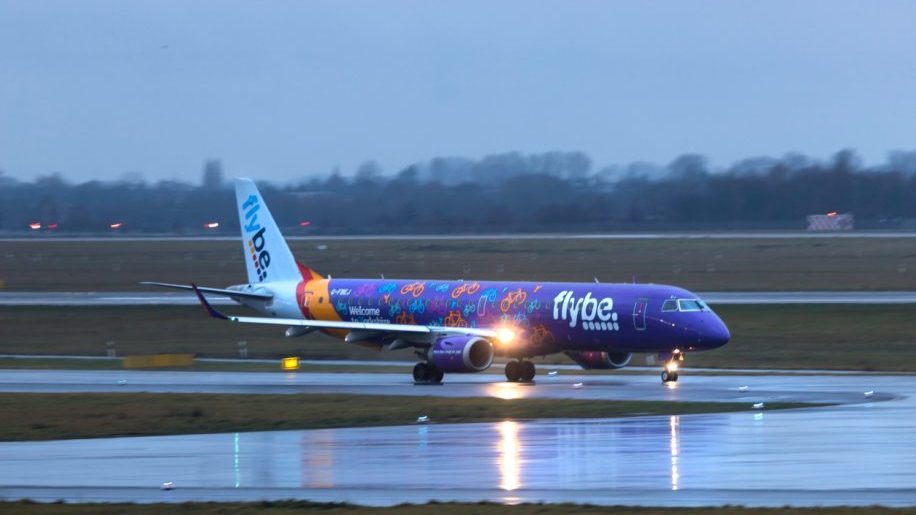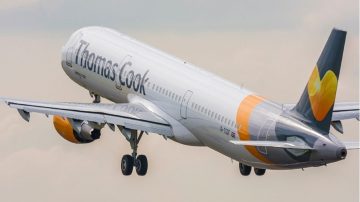
There has been much reporting on Flybe’s collapse but little on why this regional airline failed.
Some of the clues can be found in our piece on UK domestic aviation which we published in our December 2018 / January 2019 edition.
In short Flybe failed because of its flawed business plan.
Yes coronavirus hastened its collapse but at the end of the day Flybe’s pricing policy was wrong.
For any form of travel, the operator with the fastest service generally charges the most. That used to be the case before the arrival of low-cost airlines, when domestic flying would be considered a luxury.
In Flybe’s case, although it held a monopoly over most of its mainland domestic routes, it was undercutting rail fares sometimes by as much as 50 per cent or more. This scenario applied especially on those niche regional routes where Flybe competed with train operating company Cross Country, which is known to be pricey.
Flybe’s endless seat sales and the arrival of lower air fares generally (thanks to the low-cost carriers) has conditioned the UK travelling public that flying costs less than rail.
But as contributor and respected aviation analyst John Strickland told Business Traveller, domestic aviation is a “challenge” for any airline.
Domestic airlines’ fares are inflated by Airline Passenger Duty (APD), and this has to be levied on each sector unlike the situation with international flights (where APD is charged only on the outbound flight).
Domestic routes must also be priced very keenly because, unlike international journeys, the travelling public compares the cost of flying with surface transport.
At this point readers might ask why carriers like British Airways and Easyjet are major players domestically. The reasons are two-fold.
Firstly both concentrate on volume routes (where the cost per seat will be lower) and both operate larger aircraft in most cases. I say “in most cases” because BA does roster smaller jets for its LCY domestic services.
In addition, BA operates domestic routes into London Heathrow mainly for the benefit of feeding customers onto its lucrative international services. This has to be the case because BA no longer operates internationally from the regions.
At the end of the day regional airports, regional travellers and Flybe staff will be the losers.
A number of Flybe’s regional routes cannot easily be accomplished by surface although a few, which could be accomplished by rail, were candidates for closure as the CEO admitted last October.
There may be cases for government subsidy where existing surface arrangements are unsatisfactory.
The solution? It would seem any UK domestic airline would need to operate smaller aircraft (particularly jets which are popular with travellers) over a slimmer network.
It would also have to concentrate on the corporate market and forget about these endless seat sales at peppercorn prices.
That means higher fares but hopefully a better quality, reliable service.












